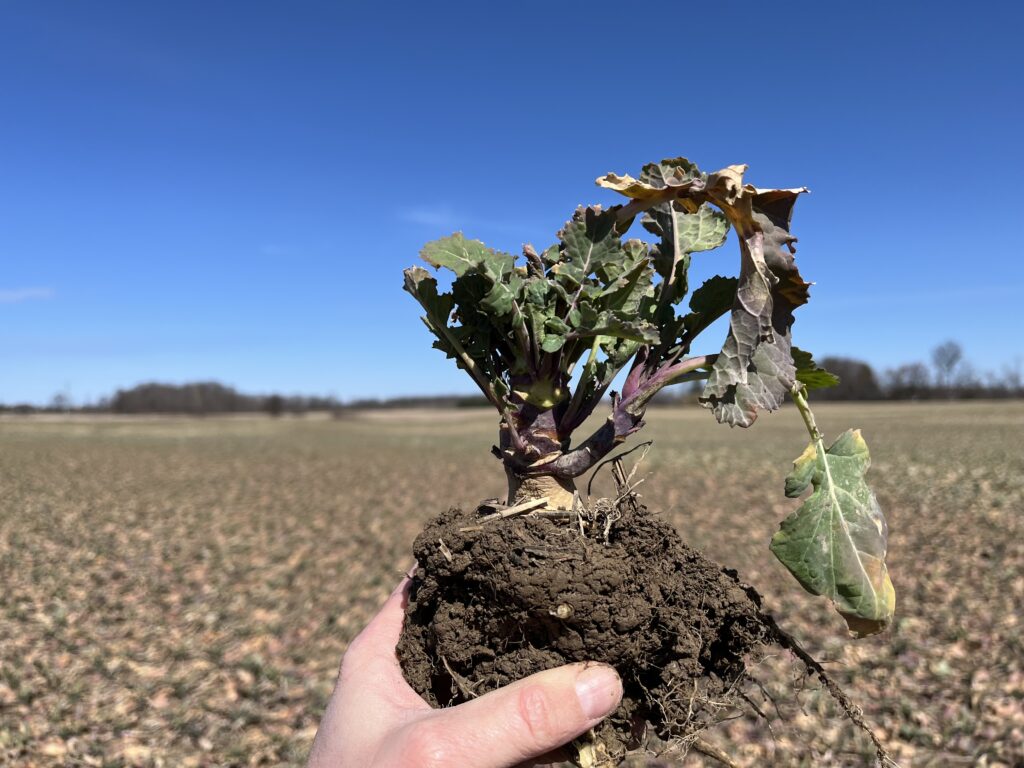Frost Seeding Forages FAQ
Frost seeding is a popular way to renovate an existing forage stand and is most effective in fields where patches of bare soil at least the size of a loonie are visible. With spring around the corner, many producers have questions about how to best use this technique to improve their hay fields and pastures. […]





